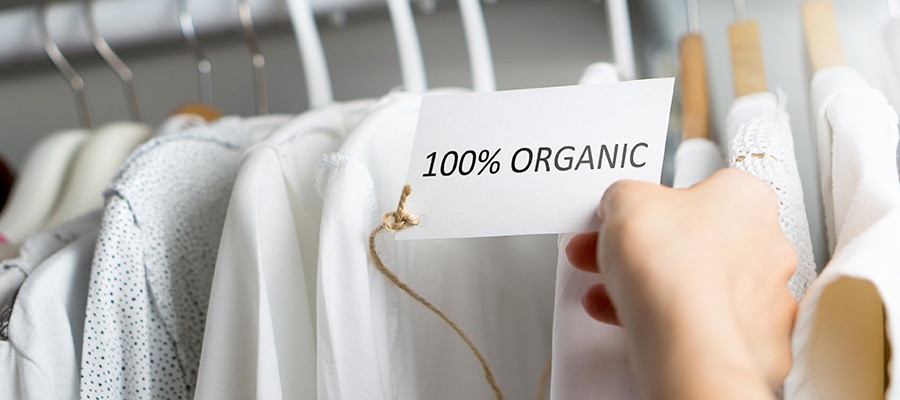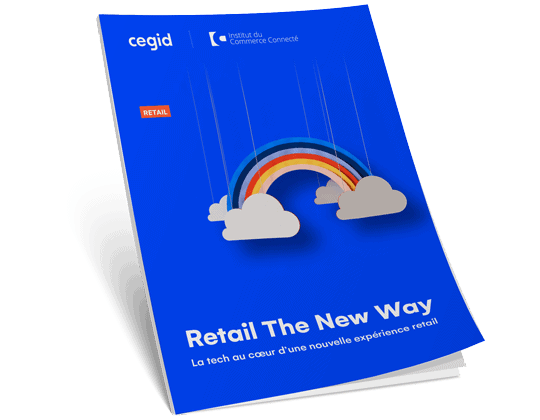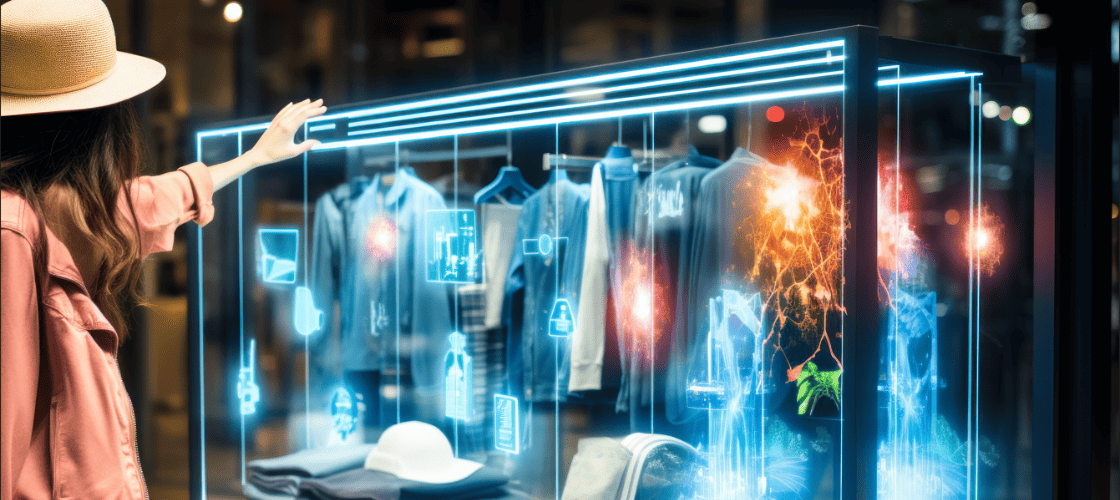Retail & Distribution
Vital Lessons for Retailers on Environmental Impact Amid COVID-19
24 April 2020

One area some are overlooking in the quest to find the “new normal” post-COVID-19 is the environment. We are now getting a glimpse at a world without the normal brisk pace of human activity. While many tall tales of wildlife retaking city streets or orangutans learning hand-washing from zookeepers’ stepped-up cleansing have been debunked, a few are confirmed real, such as two pandas finally mating in a closed zoo in Hong Kong, wild goats wandering through a Welsh town and dolphins swimming in Sardinia, according to National Geographic. And air pollution is down in places such as Los Angeles, which enjoyed its cleanest air ever recorded in March 2020.
The benefits of human behaviour change that surfaced in just a few weeks have the potential to raise global consciousness about how our actions impact the environment we depend on to sustain life. Consumers are adjusting what they know and how they think about goods and where they come from. Retailers have an opportunity to lead in making sustainable changes that impact how we conduct daily home and business life.
Here are some of the lessons emerging from this crisis about how retail impacts the environment, and the actions retailers can take now to engage in this developing trend:
1. Localisation versus globalisation
The long and streamlined supply chains many have chased in the name of efficiency have proven problematic in the wake of the sudden changes in demand, restrictions and protectionism of COVID-19. Some consumers were already showing a preference for local and sustainable goods, and this sentiment is likely to grow. Current conditions make the benefits of local sourcing and low-carbon supply chains clear for all retailers. This is an excellent time to seek out new, nearby suppliers.
2. Social and environmental responsibility
With supply chains for N95 masks, toilet paper and other in-demand goods in the spotlight, the world now has a heightened awareness of how complex global commerce has become. Interruptions in supply also make the impact of all this movement on people and environment more apparent. This is fuel for the already growing social and environmental responsibility movements, giving retailers good reason to ensure they are embracing these principles throughout their management, operations and supply chain and filling in any gaps.
3. Appreciation for sales associates
This crisis has fostered some truly inspiring stories about people and businesses reaching out to help others and the retail industry has been exemplary. The world has learned to embrace — in a socially distant way — the sales associates who pack our groceries, making sure people worldwide continue to have enough food to eat despite the heightened risk from COVID-19. Consumers want the “good guys” — the brands that support their communities and treat their workers well — to stay in business. These positive brand impressions have a long tail. It’s not too late for retailers to see how the market is responding and course-correct to adopt more worker-centric policies and practices where needed. After all, sales associates will be the ones working the hardest when brick-and-mortar retail reopens following this crisis. Those sales associates will be attracted to brands whose values match theirs.
4. Reduce and reuse
When goods become hard to obtain, consumers learn to adapt. Analysts expect this to play out in many ways, from increased home gardening and sewing activity to upcycling and purchasing more gently used goods. Strong interest in ethical, sustainable and upcycled fashion was already rising before COVID-19, seen in the success of USA Patagonia’s WornWear, Swedish H&M’s investment in garment recycling. Retailers not yet involved in the disposition of goods after their sale and use can use this opportunity to initiate these efforts, lowering their own carbon footprints while satisfying this growing appetite.
5. Inventory insights
Another impact of the COVID-19 pandemic is the impact of product scarcity on consumer behavior. According to IHL Group, the average consumer has had to shop at 46% more stores to find essentials in the wake of stay-at-home orders. The more consumers had to increase the number of stores they visited just to get essentials, the more concerned they were about the pandemic’s economic impact. In addition to driving to more stores, consumers have sharply increased their use of click-and-collect and its variants, a service area that was already seeing fast growth.
Consumers are worried about getting what they need and depend on retailers to calm these fears. One of the best ways to do this is by not just increasing in-stock positions, but by providing visibility to that inventory. The ability to enable consumers to see inventory in real time, and to locate and supply inventory rapidly to meet demand, has never been more important. Tools such as order management systems can help optimize omnichannel customer journeys and reduce a retailer’s carbon footprint.
Post-COVID-19 Preparation Begins Now
These are unquestionably difficult times for everyone. But the post-COVID-19 era is coming, and along with it some altered perceptions and values around shopping. As retailers cope with current conditions, they also have the opportunity to rethink traditional ways of doing business and turbocharge their efforts in environmental and social responsibility. Increasingly, this will deepen customer respect, extend brand loyalty and, more importantly, will help to create a better world.



